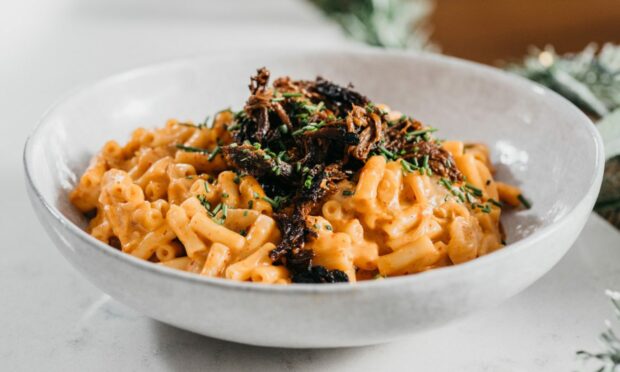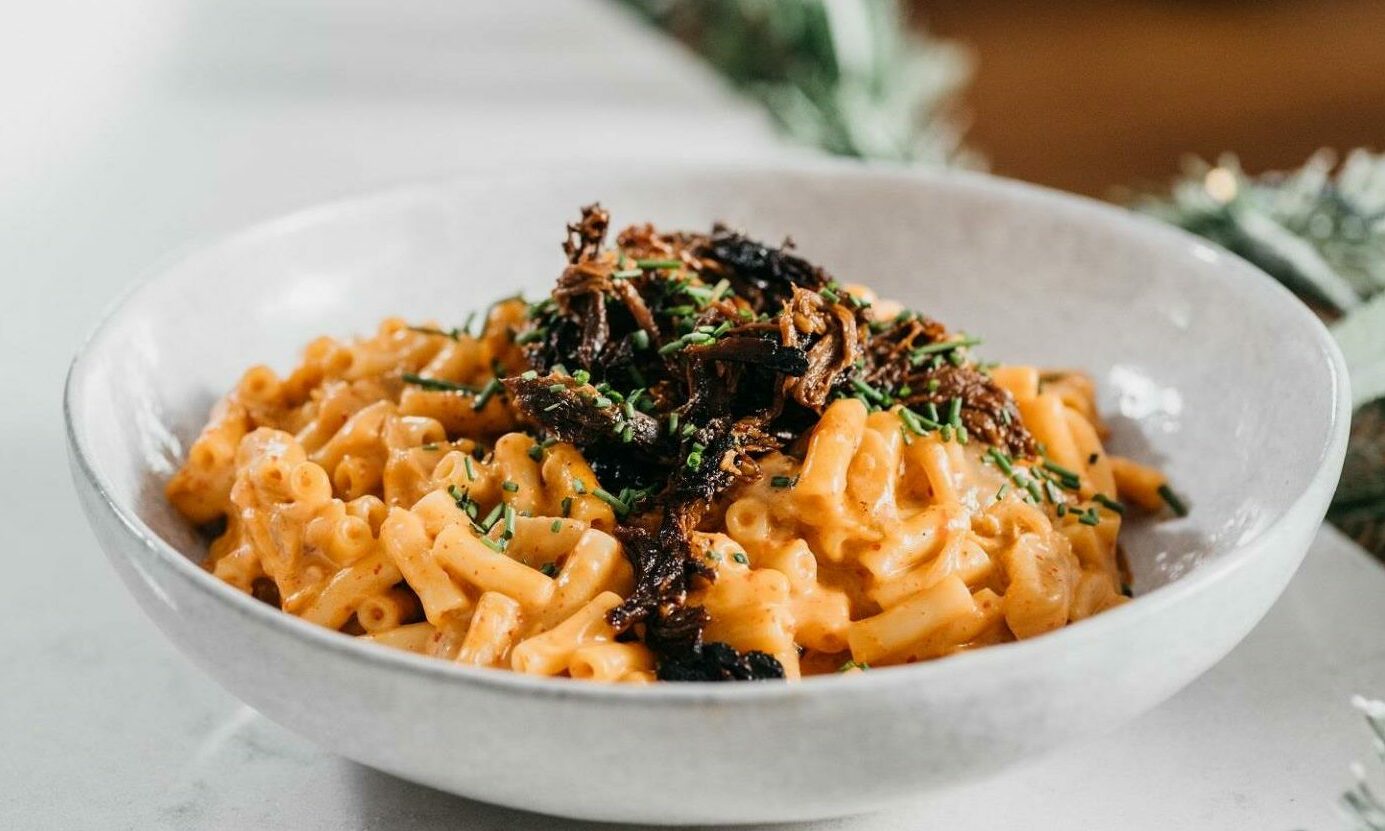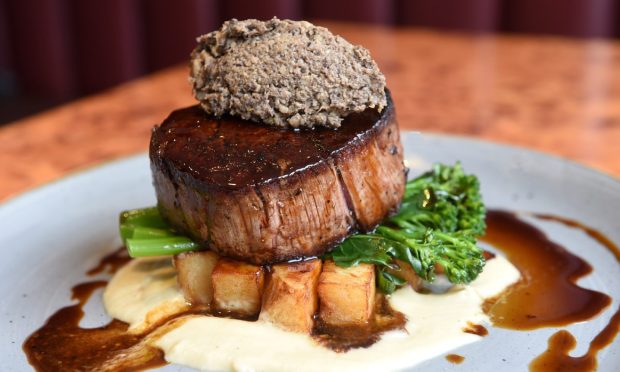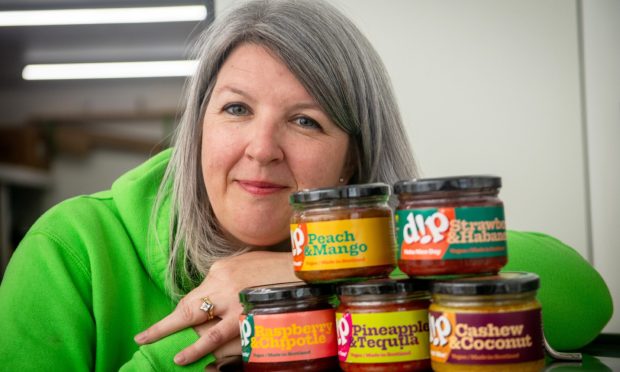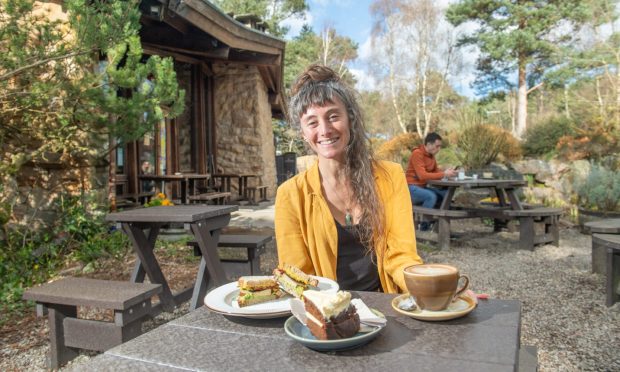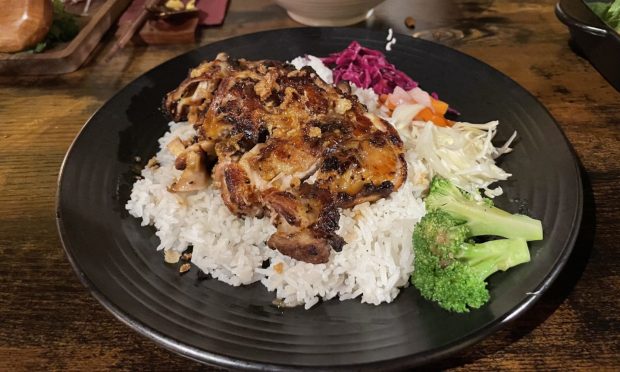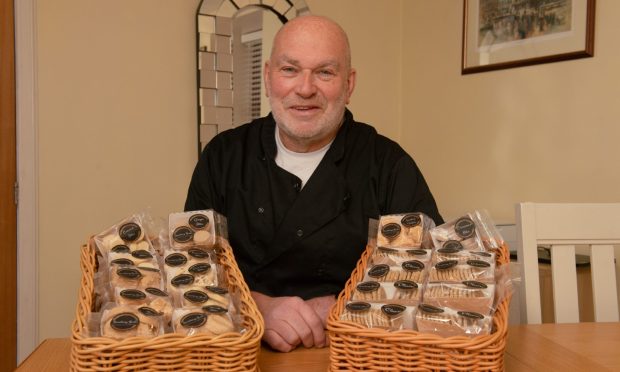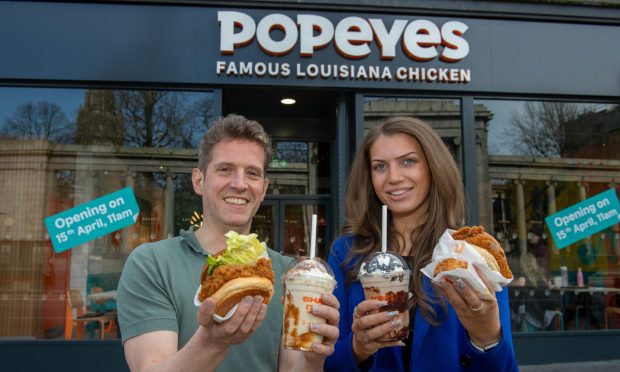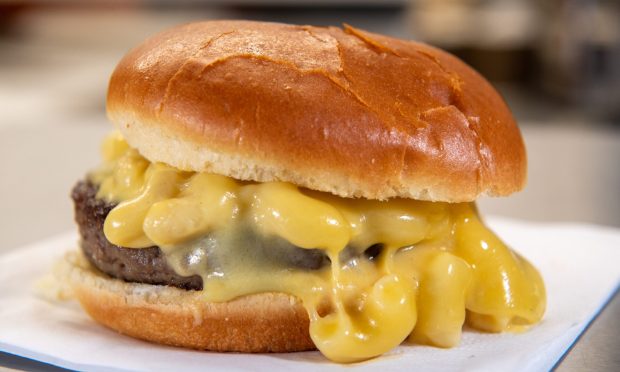If you’re on the look out for a new mac and cheese recipe which is guaranteed to hit the spot, this version from award-winning Chef Julie is utterly delicious.
The trodden black kimchi and pulled shin of Scotch Beef PGI mac and cheese is a recipe with a twist on a classic dish which uses quality Scotch beef paired with a Korean favourite.
The recipe is ideal for using up cheeseboard leftovers and gives an option for those looking to try something different throughout the winter season.
Chef Julie Lin said: “At Christmas time, I’m a big fan of hearty and warming comfort food that brings together incredible ingredients that are simple to prepare – meaning that you’re not tied to the kitchen all day.
“Balancing the rich cheese and slow cooked Scotch Beef with gochujang and kimchi brings a whole new way to enjoy mac and cheese – it’s a real winner in my family and I hope for anyone that tries it too!”
For more like this, take a look at previous recipes in the series here.
Julie Lin’s Trodden black kimchi and pulled shin of Scotch beef PGI mac and cheese
Serves 4 to 6
Ingredients
- 500g shin of Scotch Beef
- 700ml hot beef stock
- 3 tbsp gochujang paste
- 1 tbsp mustard
- Thumb of ginger peeled and sliced roughly
- cloves of garlic
- 2 tbsp salt
For the trodden black kimchi mac and cheese:
- 500g macaroni pasta
- 300ml whole milk
- 250g mozzarella cheese
- 250g cheddar cheese
- 100g parmesan cheese
- 100ml cream
- 4 cloves of garlic
- 2.5 tbsp gochujang (or less if you would prefer it to be less spicy)
- 1 tbsp Dijon mustard
- 2 tbsp plain flour
- 4 tbsp Trodden Black Kimchi
- 50g butter
- 3 tbsp vegetable oil
- Chives for garnish (optional)
- Salt and pepper to Season
Method
For the gochujang pulled shin of Scotch beef:
- Preheat the oven to 140C fan / 160C oven / Gas Mark 3.
- Get a cast iron Dutch oven or an ovenproof pot with a lid, add a small glug of oil to the pot and allow to come up to a medium heat.
- Add the shin of beef, sear until golden brown, season liberally with salt and pepper.
- Turn all of the pieces so everything is seared.
- Have the beef stock ready in a jug, add all of the ingredients into the jug and mix well, allowing the gochujang paste to melt a little bit in the hot stock.
- Pour everything over the beef.
- Put the pot in the oven with the lid on for two hours.
- After two hours have passed the meat will need to be pulled apart and soak in the juices, do this and then put the pot back in the oven for a further 1.5 hours.
- Check if it needs additional seasoning before adding to your mac and cheese and serving it.
For the trodden black kimchi mac and cheese:
- Begin by boiling the pasta in well salted water. Boil for two minutes less than the instructions on the packet.
- Put a non-stick pan on a medium low heat on the hob. Add the butter and vegetable oil and allow them to melt together. Allow the butter to brown a little to add nuttiness.
- Add the flour and gently whisk it together in the butter and oil. Cook the mixture out for at least 2-3 minutes until the flour has made a roux.
- Add about 1/3 of the milk and continually whisk the roux paste into it. Once completely combined, add the other 2/3 of the milk and continue stirring.
- Add all of the cheese, the Dijon mustard and whisk into the milk. Continue mixing this on a medium low heat until the sauce thickens and all of the cheese is fully melted. Once melted, add the cream and mix through for richness.
- Season everything with salt and pepper to your taste.
- Add the kimchi to the sauce then add all of the cooked macaroni to the kimchi-cheese sauce and stir.
- Add the pulled gochujang beef on top of each portion and enjoy piping hot!
Recipe from Make It Scotch.
